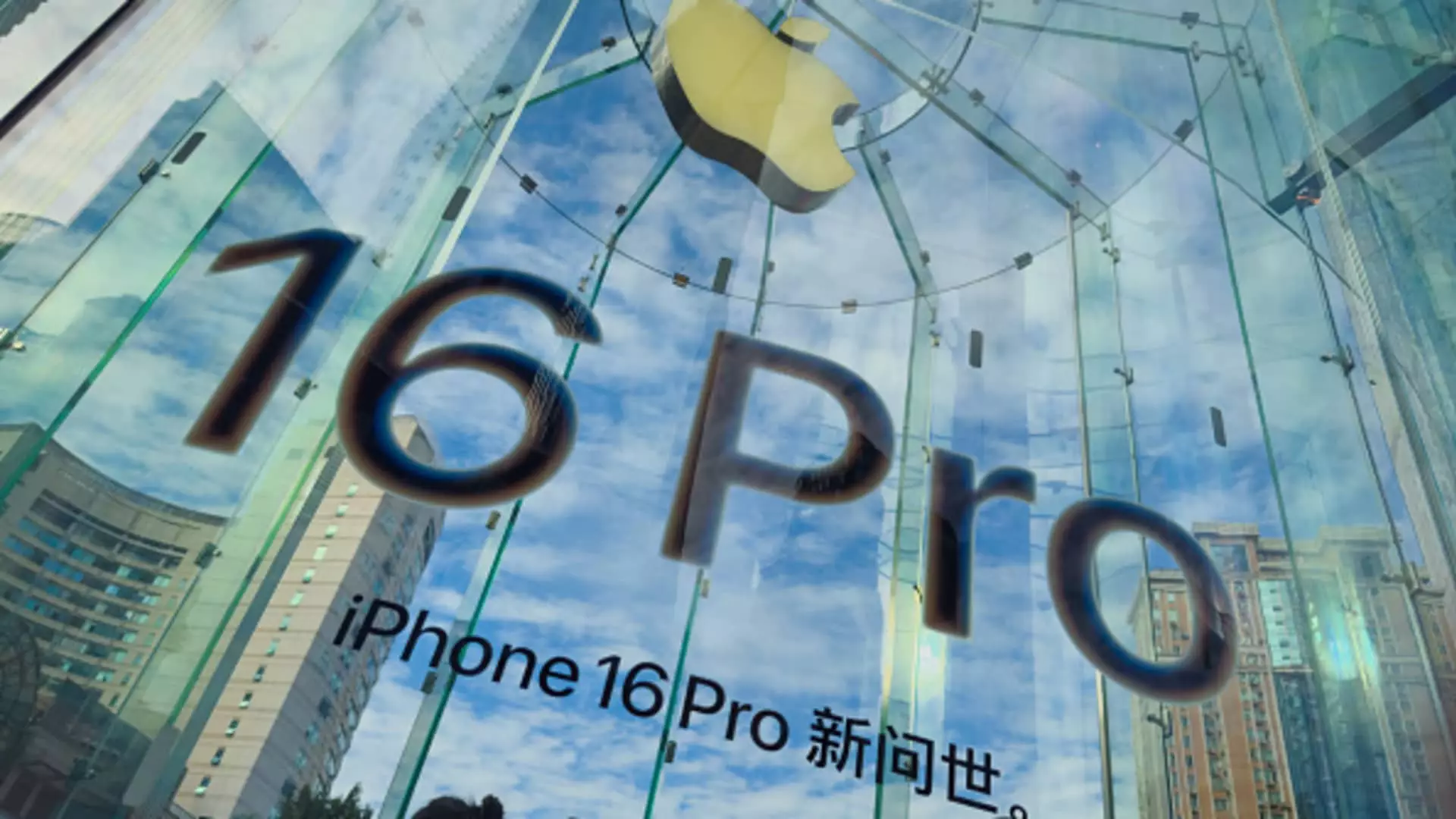As the celebration of the Chinese New Year approaches, Apple Inc. has adopted a notable shift in its pricing strategy within the fiercely competitive Chinese market. Historically, Apple has maintained a premium pricing stance, opting against direct discounts through its own retail channels. However, given the recent intensification of competition—most notably from domestic rival Huawei—Apple has begun to reconsider its approach, introducing significant discounts on its flagship products.
In an effort to attract consumers during this festive season, Apple is offering generous discounts on its latest iPhone models. Customers can expect to receive 500 Chinese yuan (approximately $68.50) off the iPhone 16 Pro and iPhone 16 Pro Max, as well as 400 yuan off basic models such as the iPhone 16 and iPhone 16 Plus. Additionally, discounts extend to previous generations, including the iPhone 14 and iPhone 15. This marks a departure from Apple’s traditional stance, where price reductions were typically left to third-party retailers, making the company’s direct discounts notable in today’s market landscape.
Apple’s recent discounting strategy comes against a backdrop of declining market share and sales within China. Data from Canalys indicates that Apple’s smartphone shipments took a 6% hit year-on-year during the third quarter of 2024, with market share dipping from 16% to 14%. Such trends underscore the pressing need for Apple to re-evaluate its competitive positioning in a market where local brands are regaining momentum. Huawei, for instance, has witnessed a resurgence, with a significant 24% increase in shipments during the same quarter, now boasting a 16% market share—up from 13% a year earlier.
Huawei’s comeback is particularly noteworthy, as it emerges from the shadows of U.S. sanctions that previously threatened its business model. The enterprise has boldly launched new devices, including a first-of-its-kind trifold phone designed to showcase its technological innovation. This resurgence speaks volumes about the brand’s determination and the effective strategies it implemented to navigate the challenging landscape imposed by sanctions. The rapid advancement presented by Huawei emphasizes the urgent need for Apple to reassess both its market tactics and product offerings to survive in this evolving environment.
As competition mounts, Apple’s willingness to adopt discounts suggests a pivotal shift in its market strategy for the Chinese landscape. The heightened competitive pressure from Huawei and other local manufacturers forces Apple to adapt, and the upcoming Chinese New Year presents an opportunity to alter consumer perceptions by attracting price-sensitive customers. Going forward, the question remains whether these discounts will be a temporary response or signify a more permanent evolution in Apple’s operational strategies in one of its most critical markets. The upcoming quarters will likely reveal the effectiveness of this strategy and whether Apple can reclaim its previous standing.

